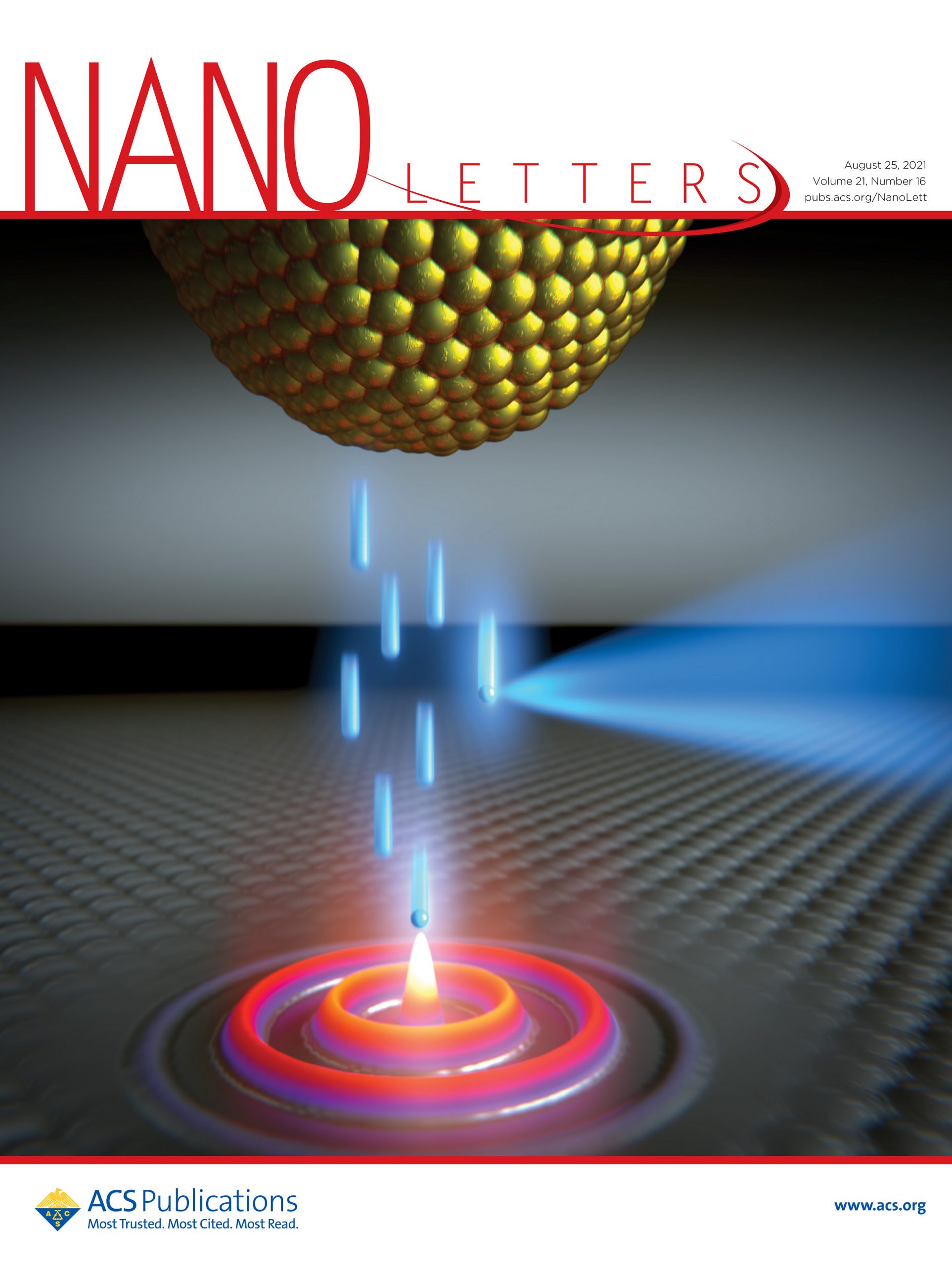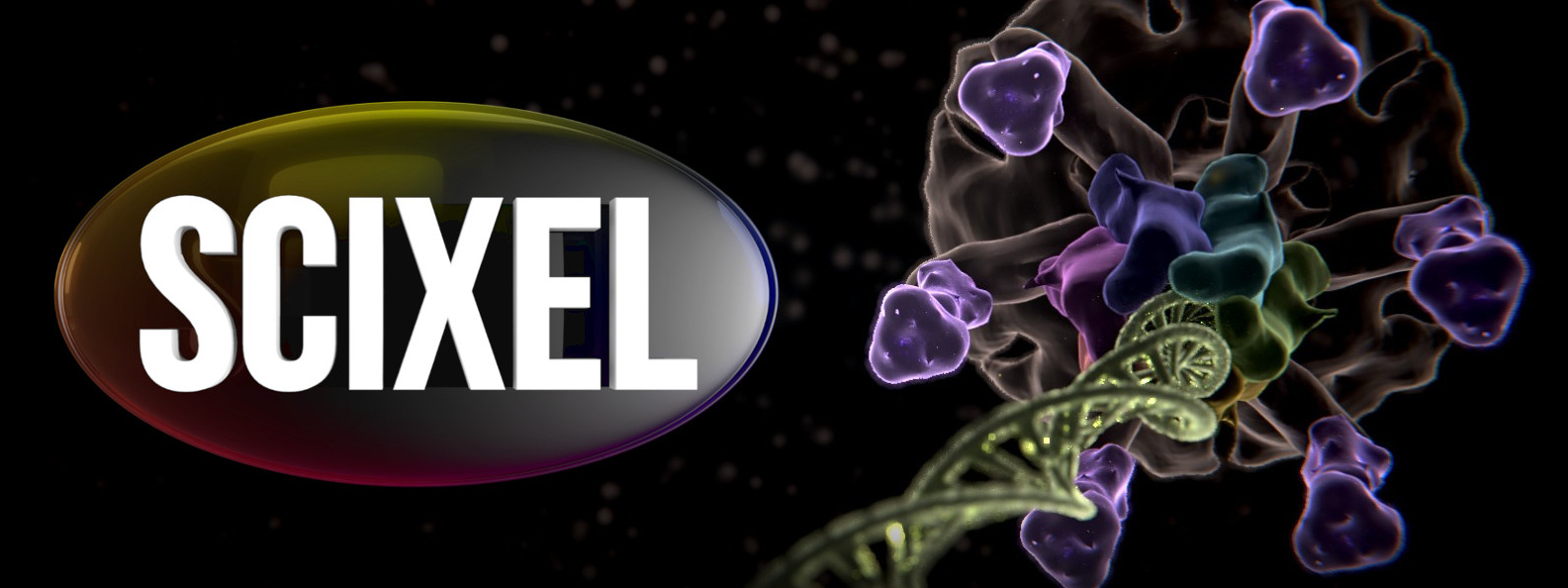A research collaboration between IMDEA Nanociencia, DIPC and IFIMAC led by Roberto Otero has just proposed a new method to measure electronic temperatures in metallic nanostructures.
In particular, they show that the electronic temperature can be derived from “the shape of the tunnel electroluminescence emission edge in tunnel plasmonic nanocavities”.

This method, published in Nanoletters, will allow the study and understanding of the thermalization of nanoscale systems with picosecond resolution.

